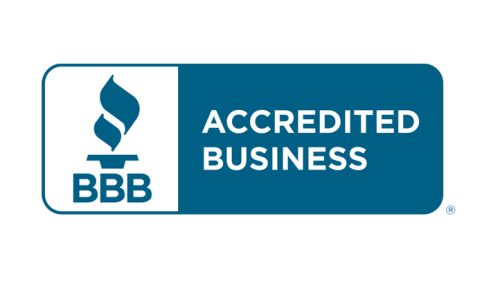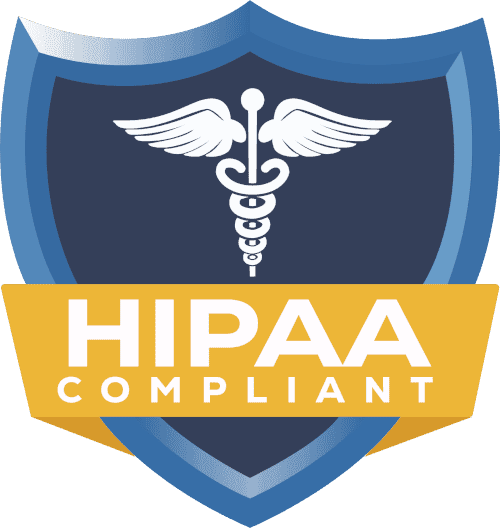What is Insurance Credentialing? Healthcare Providers Guide

The term “Insurance credentialing” refers to how insurance organizations verify if a medical practitioner is legitimate, licensed, and qualified to see patients. It involves making sure that you meet the criteria of the payer, such as Medicare, Medicaid, Aetna, UnitedHealthcare, Cigna, and BCBS.
When you are credentialed, you are permitted to join insurance panels, accept insurance-covered patients, and receive payment for your services. The first step in obtaining credentialing for legal compliance, patient trust, and financial success in your practice starts with credentialing.
Understanding Insurance Credentialing in Healthcare
Insurance credentialing concerns the verification of your education and training, license, certifications, and background. It does not amount to contracting. The purpose of credentialing is to assure who you are and what your capabilities are. Contracting is the process of entering into a legal agreement with the insurance company.
Together, these elements constitute the revenue cycle and reimbursement process. Insurers require credentialed providers to deliver safe, quality care, comply with policy provisions, and process claims. Without credentialing, you cannot bill insurance or join a provider network.
Who Needs Insurance Credentialing?
Credentialing is required for any licensed provider who intends to treat patients with insurance coverage. This includes physicians (MD/DO), nurse practitioners, physician assistants, and mental health counselors. Physical therapy clinics, behavioral health institutions, and similar facilities should also complete credentialing. Additionally, new graduates beginning practice should initiate the credentialing process before seeing patients under insurance coverage.
Why Is Credentialing Important for Providers?
Credentialing expands access—you can join insurance panels and serve more patients. Without it, patients cannot receive reimbursement for your services through their insurance.
Second, credentialing develops trust in the patients. Payers probing into your qualifications can help demonstrate your credibility to patients.
Third, credentialing helps ensure compliance with legal and regulatory requirements—including CMS, Medicare, and Medicaid—and reduces audit risk
Lastly, it makes sure that you get paid. No credentialing equals no billing and no reimbursing.
How Does the Insurance Credentialing Process Work?
Preparing NPI and License
The first step is to obtain your National Provider Identifier (NPI) through NPPES. It is a number that must be in all billing and payer programmes. Next, make sure that you have an active state license.
If you intend to prescribe controlled substances, you must also obtain a DEA registration. Make malpractice insurance up to date and collect all your board certifications, resume or CV, W-9 form, and taxonomy code. The documents here are the spine of your credentialing application.
CAQH Registration and Attestation
Most payers obtain provider information through CAQH ProView. Create your profile, list your education and work experience, and include all your licenses. Every 120 days, you must renew and certify your CAQH profile.
This information is retrieved by insurance companies during the credentialing process; therefore, it should always be up-to-date and error-free.
Submitting Credentialing Applications
Then, make an application to every payer panel. Credentialing requirements by insurance companies are different. Others will need PECOS enrollment for Medicare and Medicaid. All you need to do is fill in all the payer enrollment forms, submit documents, and submit them all early. Use a credentialing checklist to stay organized and ensure all required elements are submitted.
Verification and Approval
Here, payer credentialing departments request and review your application and properly perform credentialing verification. They validate your NPI, license, CAQH profile, and the rest of the documents.
Credentialing is often time-consuming and may require additional documents. A tracking plan or checklist can help monitor progress and minimize delays..
Contract Signing
After verification, a network participation agreement will be sent to you. This legal contract details your reimbursement rates, billing policies, and start date. You become an in-network provider by signing this agreement. Once signed, you will be able to charge accordingly.
Key Documents Required for Credentialing
Insurance credentialing is a procedure that requires various forms. You require NPI, state license, your CAQH profile, resume or CV, board certifications, DEA registration (mandatory in cases of DEA registration), malpractice insurance certificate, W-9 form, and photo identification. Other payers might also request your Tax ID, list of practice locations, and federal practice address. All the papers must be up to date and in a clear, legible manner.
How Long Does Insurance Credentialing Take?
The credentialing process typically takes 60 to 120 days. The schedules can vary based on what the payer requires, the type of your provider, and how quickly you are able to complete the paperwork. The enrollment process may take longer when using PECOS at Medicare.
Credentialing is usually bogged down by delayed CAQH attestations or the lack of documents. Shortage of a particular provider may be credentialed on an accelerated (or expedited) basis, and you should enquire with the credentialing department of your payer as to whether this is applicable to you.
Common Challenges During Credentialing
Several common barriers credentialing often encounters. A submission can be delayed or rejected due to missing, expired, or incomplete CAQH attestations; incomplete license or DEA registration identifiers; or an incorrect W-9 form.
There are also delays in communication, and the payer does not receive calls through their email. The various payers can request various format files or even notarized ones. To avoid interruptions, practice owners should maintain a credentialing checklist, pursue each application, and inquire about the progress as well.
Can I Handle Credentialing Myself or Hire Help?
Some providers handle credentialing internally. It can be done freely if you have the time, patience, and organizational skills. You need to track deadlines, communicate with the payer credentialing representatives, and ensure all information is complete. Most providers prefer to work with credentialing service providers, such as Credex Healthcare. These experts manage NPI registration, CAQH maintenance, payer enrollment, PECOS, and contract negotiations. When you hire assistance, the process speeds up, errors decrease, and you have more time to focus on working with patients.
Conclusion: Insurance Credentialing Is the First Step Toward Payment
Insurance credentialing is essential and cannot be compromised by any individual provider who wishes to deal with the insurers. It secures your credentialing, establishes your credibility, and makes you legally recognized, allowing you to bill and receive payment. Insurance credentialing involves having your NPI ready, applying in CAQH, submitting it to payers, waiting for approval, and then signing contracts.
Although it is possible to spend 120 days on it, proper planning, attention to detail, and regular monitoring are essential for success. So, whether you do it yourself or hire a credentialing service, being early is one of the secrets to getting the most out of what you earn.
FAQs About Insurance Credentialing
What really is insurance credentialing?
Insurance credentialing refers to the process of qualifying a healthcare practitioner to be eligible for insurance panels and receive reimbursement to treat patients.
- What is important about credentialing?
Credentialing will make the payers verify you, patients will trust in your services, and the insurance will be able to pay you legitimately.
- What is the timeline of the credentialing process?
The usual time taken in insurance credentialing is 60 to 120 days. One of them can be the delays in case of missing or incomplete documentation.
- Are credentialing and contracting the same?
No, here, credentialing is to check credentials, and the contract involves an agreement on network terms and acceptance of the agreement with the insurer.
- Which documents are to be provided in the credentialing process?
You will need an NPI, state license, CAQH profile, resume or CV, board certificates, DEA registration (if applicable), malpractice insurance, W-9, and ID.e license, CAQH profile, resume/+ CV, board certificates, DEA registration (as applicable), malpractice insurance, W-9 and ID.



















